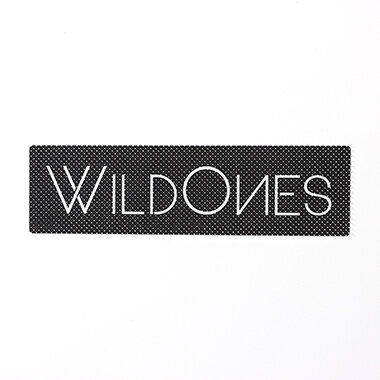Email cannot be empty
Password cannot be empty
Email format error
Email cannot be empty
Email already exists
6-20 characters(letters plus numbers only)
The password is inconsistent
Email format error
Email cannot be empty
Email does not exist
6-20 characters(letters plus numbers only)
The password is inconsistent


In today’s highly competitive market, where branding and first impressions play a crucial role, labels are more than just tags—they are powerful tools for brand identity and customer connection. Whether you’re running a small business or managing a large-scale operation, understanding the ins and outs of woven and printed labels services can significantly enhance your product presentation and brand recognition.
Labels are often the first point of contact between a product and its potential buyer. They offer vital information about the product and convey brand values, aesthetics, and quality. A well-designed label can attract customers, reinforce brand identity, and even influence purchasing decisions. This is where the choice between woven and printed labels becomes critical.
Woven labels are the epitome of durability and quality. They are made by weaving threads together to create a label that is both sturdy and visually appealing. This method ensures that the label can withstand various environmental conditions and frequent handling without losing its quality.
1. Quality and Durability: Woven labels are crafted using specialized machines that interlace threads to form a label. This process results in a product that can endure washing, abrasion, and general wear and tear. For apparel brands and high-quality goods, woven labels offer a touch of luxury and longevity.
2. Design Flexibility: With woven labels, you can incorporate intricate designs, detailed logos, and fine text. The weaving process allows for precise reproduction of your design, making it perfect for brands that prioritize detail and craftsmanship.
3. Comfort and Feel: Woven labels are known for their soft texture, which adds comfort to garments and textiles. Unlike some printed labels that can feel scratchy or stiff, woven labels offer a smooth and comfortable experience for the end-user.
4. Applications: Woven labels are ideal for clothing, home textiles, and any product that benefits from a durable and high-quality label. They are commonly used in fashion brands, luxury items, and high-end textiles.

Printed labels are an excellent choice for businesses seeking a versatile and cost-effective labeling solution. They are created by printing directly onto a label substrate, which can range from paper to synthetic materials.
1. Affordability: Printed labels are generally more cost-effective compared to woven labels, making them suitable for businesses with budget constraints or those requiring large quantities. The printing process allows for lower production costs, especially for high-volume orders.
2. Design Options: The printed label process supports a wide range of colors, fonts, and graphics. This flexibility enables businesses to create vibrant and eye-catching labels with detailed imagery and text. Digital and flexographic printing methods offer high-resolution results that can make your labels stand out.
3. Speed and Efficiency: Printed labels are produced quickly, making them an excellent option for businesses that need fast turnaround times. The streamlined printing process allows for efficient production and delivery.
4. Applications: Printed labels are used in a variety of industries, including food and beverage, cosmetics, and retail. They are perfect for products that require information such as ingredients, expiration dates, and branding elements.
When deciding between woven and printed labels, consider the following factors:
1. Product Type: For high-end fashion or durable textiles, woven labels offer a premium feel and long-lasting quality. For products with a more casual or disposable nature, printed labels might be the more practical choice.
2. Branding Needs: If your brand emphasizes luxury and quality, woven labels can enhance your product’s image. On the other hand, if your priority is vibrant and cost-effective labeling, printed labels are an excellent choice.
3. Budget and Volume: Woven labels typically have a higher initial cost but offer long-term durability. Printed labels are more budget-friendly and are ideal for high-volume production.
4. Design Complexity: Intricate designs and detailed logos are best suited for woven labels, while printed labels can handle a broader range of colors and complex graphics at a lower cost.
As technology advances, the world of labels continues to evolve. Innovations in printing techniques and materials are making labels more versatile, eco-friendly, and high-performing. Additionally, the rise of digital printing and automation is driving efficiency and customization, providing businesses with even more options for their labeling needs.
Choosing the right labels for your products is a crucial decision that can impact your brand’s perception and customer satisfaction. Whether you opt for the durability and elegance of woven labels or the versatility and cost-effectiveness of printed labels, understanding your options will help you make an informed choice. By considering your product type, branding needs, and budget, you can select the label service that best fits your business and enhances your product’s appeal.
In the end, the right label is more than just a tag—it’s a representation of your brand’s quality, commitment, and connection with your customers. So, explore the possibilities, invest in quality, and let your labels do the talking.